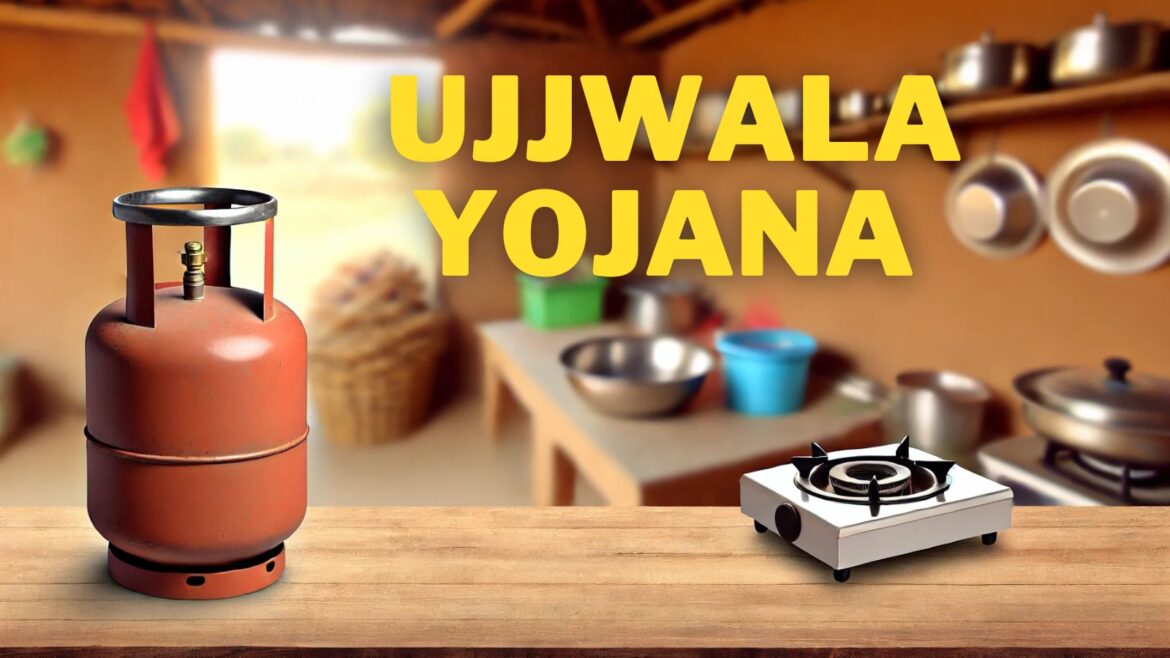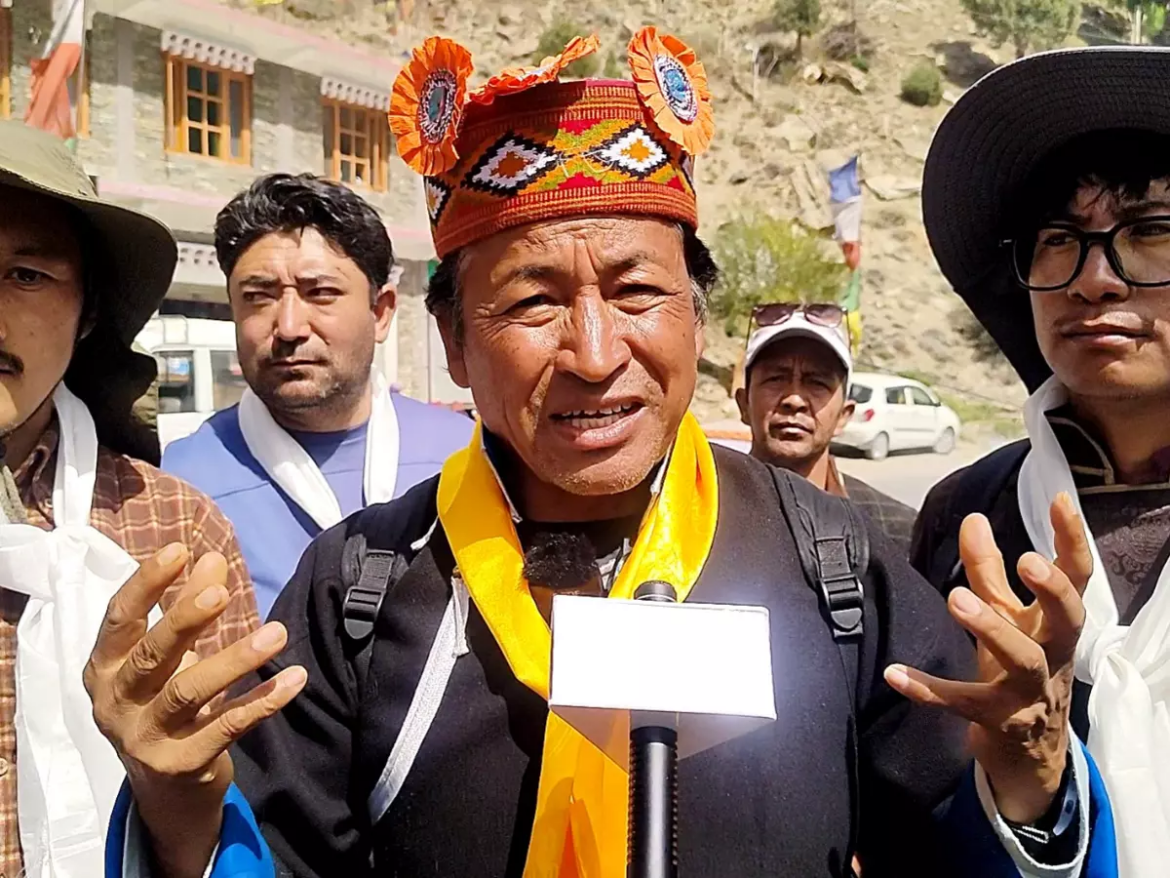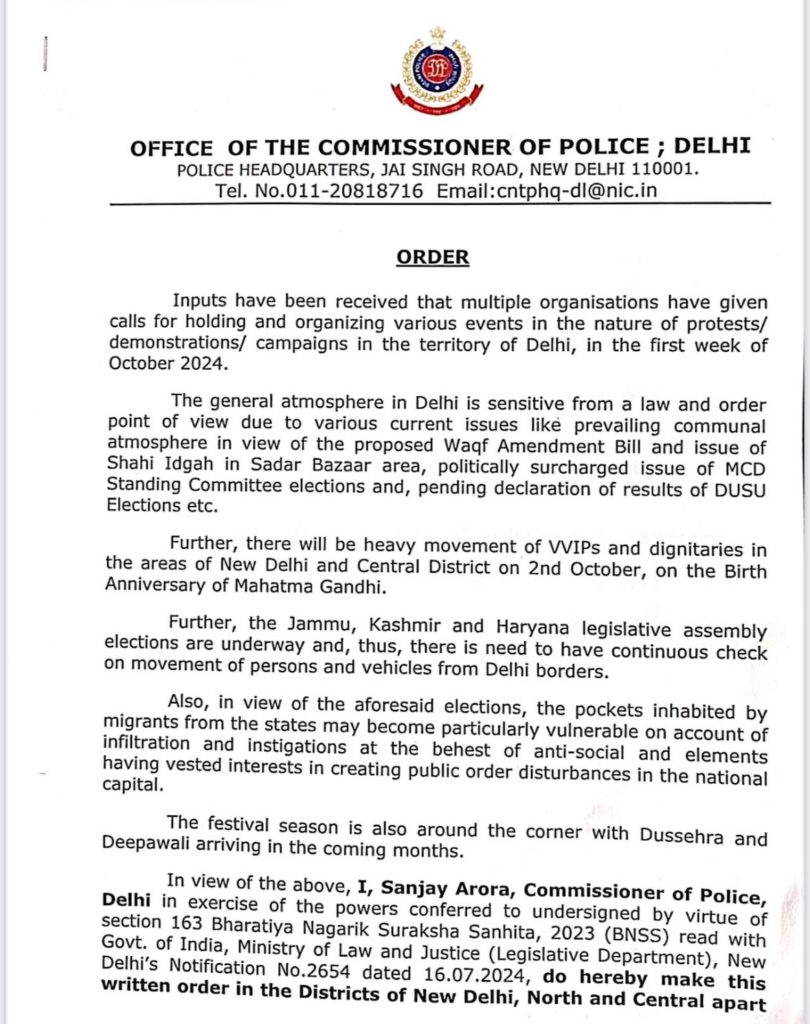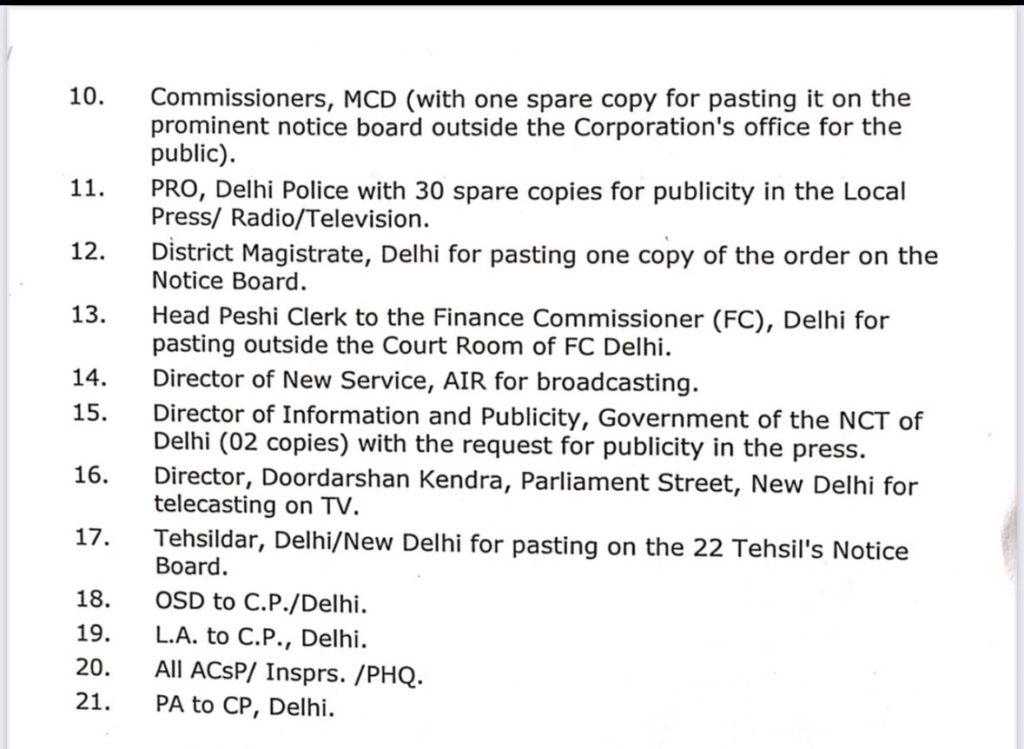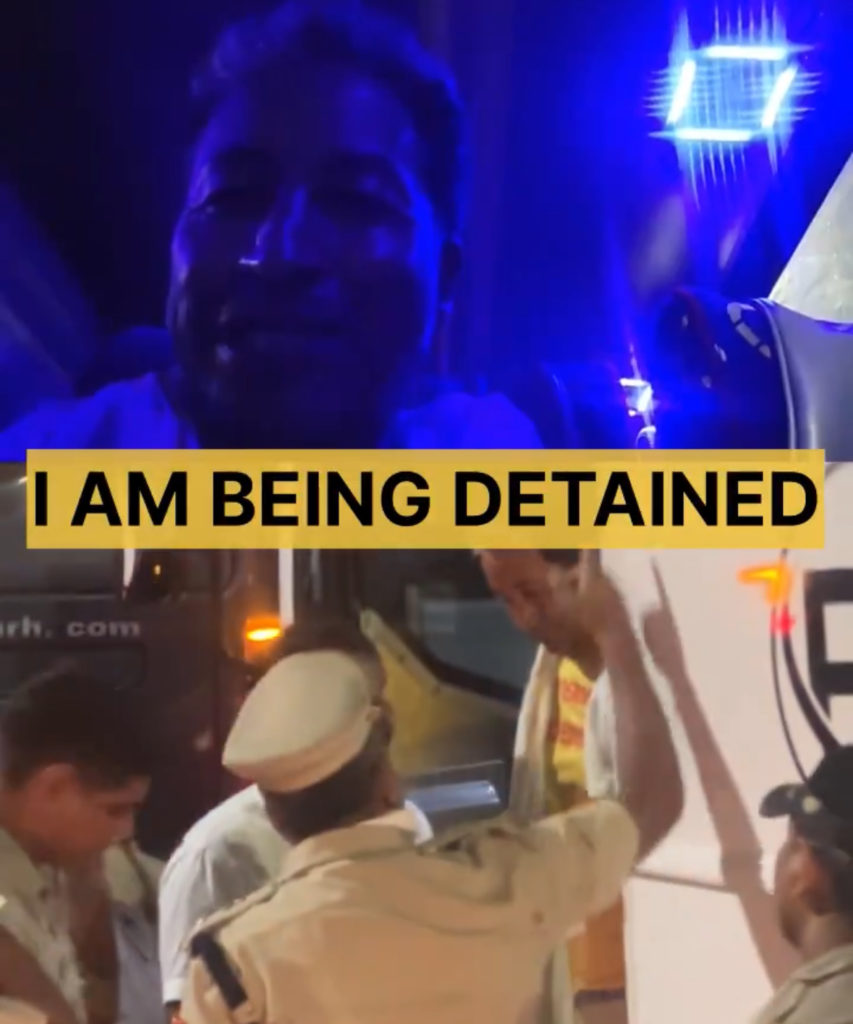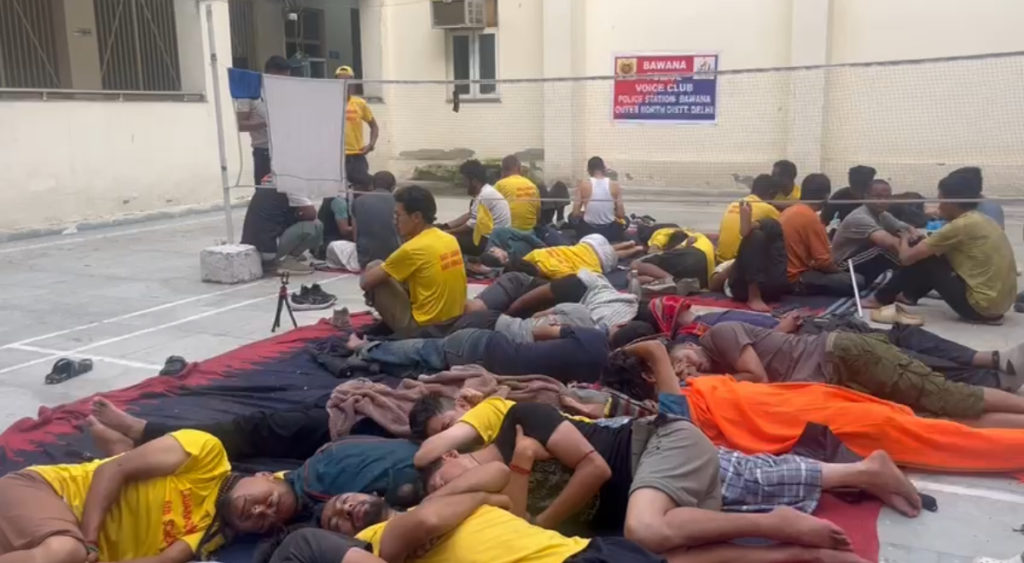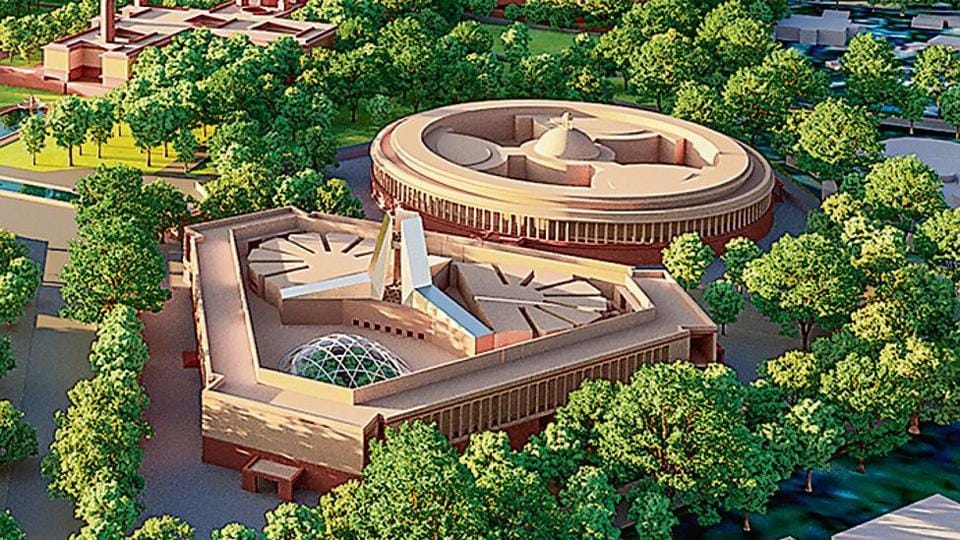By Greetha Singh
In developing countries like India clean and safe cooking especially in the rural parts of the country is a top priority of the government.
Unsafe cooking directly impacts women’s health which is 50% of the population. In past Government of India (GoI) has launched many initiatives to provide clean cooking fuel like LPG (Liquefied Petroleum Gas) cylinders to rural and underprivileged households across the country.
In this article, you will learn about one just initiative launched by GoI targeting women and their health.
WHO on Household Air Pollution
But before you learn about the scheme you need to know what WHO (World Health Organization) has to say about the impact of Household Air Pollution emanating from unclean cooking fuel like Coal, Wood etc on women’s health.
Here are some facts
- Around 300 million people in India cook using unclean fuel like coal, wood, animal dung, crop waste etc
- Around 4 million people die prematurely every year due to illness attributed to household air pollution
- Particulate Matter (PM) found in the household air pollution is the main cause of half of the deaths.
- 27% deaths due to Pneumonia, 18% due to stroke, 27% due to heart diseases, 8% due to lung cancer
What is Ujjwala Yojana?
Due to aforementioned facts, Government of India launched Pradhan Mantri Ujjwala Yojana or PMUY scheme with tagline “Swachh Indhan, Behtar Jeevan” on 1 May 2016 flagged by Prime Minister Shri. Narendra Modi.
This flagship scheme was aimed to provide clean cooking fuel (LPG) to 50 million women from rural and underprivileged households by 2019 promoting a clean smoke-free cooking environment.
Ujjwala Scheme will promote the use of LPG in rural households addressing serious issues like health, air pollution and deforestation.
This scheme was implemented by Petroleum and Natural Gas implements the Ujjwala Scheme.
Ujjwala Yojana 2.0
Ujjwala Yojana 2.0 is just an extension of Original Ujjawala Scheme, which was also launched in 2016. The aim was to provide LPG connections to even more households.
Original scheme was aimed to reach 50 million families living below poverty line, later with Ujjwala Yojana 2.0 target was increased to 80 million women by March 2020. However this target was achieved seven months ahead, by September 2019.
Objective of Ujjwala Yojana Scheme
As it is very clear from the outset of this article, objective of PMUY scheme is to provide clean cooking fuel specifically LPG gas cylinders.
By doing this, Ujjwala scheme almost eliminates any health hazards associated with traditional unclean cooking fuels like coal, wood etc, particularly among women and children.
- Improvement in Health – Eliminates all kinds of serious pulmonary diseases like pneumonia, lung cancer, Tuberculosis etc caused by indoor air pollution.
- Environmental Sustainability – Use of cleaner fuel like LPG reduces dependency on wood hence mitigates deforestation and also curbs carbon emissions.
- Women Empowerment – But the most important objective of the scheme is to give dignity to women by improving their health and living standard.
Implementation of the Ujjwala Yojana Scheme
PMUY scheme was implemented through LPG distributors across India, targeting specifically below-poverty-line (BPL) households. The whole implementation involved awareness campaigns, registration, and issuance of LPG connections and provision of subsidized cylinders.
- A Woman from BPL family can apply for the new LPG connection
- Application form should include KYC details like Aadhar, ration card etc.
- LPG Field officials will match the application data against the SECC-2011 database and issue the connection
- Government will bear connection charges, OMCs (Oil Marketing Companies) will provide an option to opt for EMIs to cover the cost of cooking stove and first refill.
- OMCs will organize fairs at various locations for release of connection to the families.
Eligibility Criteria for the Scheme
Following are the eligibility criteria for the Scheme
- Applicant must be a woman of age above 18. She must also be a citizen of India.
- She should come from Below Poverty Line economic background. Monthly income of her family should not exceed certain limit prescribed by the State government.
- No one from her household should have another LPG connection.
- Applicant’s name must be in the SECC-2011 List.
- Applicant should not be registered under any other similar scheme offered by the government.
Main Beneficiary of Ujjwala Yojana Scheme
Following are the categories who are beneficiary of PMUY scheme.
- A woman belonging to the BPL family.
- Poor household as per 14 point declaration
- Tea and Ex Tea Garden Tribes
- SC/ST Households
- People residing in Islands and River Islands
- Forest Dwellers
- Most Backward Classes
Benefits of Ujjwala Yojana for Women
PMUY scheme has multifaceted advantages. Most obvious benefit is improving women’s health by reducing indoor pollution.
Other major benefits of PMUY are
- LPG Connection under PMUY scheme shall be in the name of a woman, providing subsidy in woman’s account.
- PMUY scheme has empowered rural women and protected them and their families from many acute respiratory ailments.
- Women who had to go out for collecting woods were frequently subjected to sexual harassment but after receiving LPG connections they don’t have to go out.
- Stopping wood as a cooking fuel had a positive impact on forest cover and environment in general due to improved air quality.
- PMUY has generated so many jobs for rural youth in cooking gas supply chain and also employment opportunities in logistics and maintenance.
- LPG Cylinders saves a lot of time, which allows women to look out for other employment opportunities.
Challenges Faced by Ujjwala Yojana Scheme
Despite its huge success PMUY has encountered certain challenges.
- Identifying Eligible Households – Due to lack of accurate data identifying deserving household was a major challenge.
- Misuse of SECC Data – Unfortunately the scheme was misused as few affluent households were listed as BPL Households.
- Awareness – Beneficiaries require more awareness about safely cooking on LPG, specially poor and illiterate background.
- Strict Documentations – Because of strict KYC many deserving households were not included in the scheme.
- Reach – Limited reach of LPG Distribution network posted serious challenges especially in disturbed areas.
This is all you need to know about the Pradhan Mantri Ujjwala Yojana or PMUY Scheme launched by government of India specifically for women from below-poverty-level economic background.
How to Register and Apply for Ujjwala Yojana
Women can apply for the PMUY Online as well as offline. Applying online is easy and time saving. Follow the steps for applying online.
Step 1: Women can Apply Online by going here at https://pmuy.gov.in/ujjwala2.html
Step 2: After clicking on “Click Here”, an Online Application will appear.
Step 3: Choose anyone Company from the list and Click on “Click here to apply”
Step 4: In the Next Form enter your mobile number and OTP
Step 5: Select whether you are a migrant family
Step 6: Fill all the details, family, personal, address, bank details etc.
Step 7: Choose the cylinder type and whether you live in rural or urban area
Step 8: Select the declaration and submit the form
Step 9: Generate a reference number and visit nearest gas agency
Step 10: Your online process is complete


